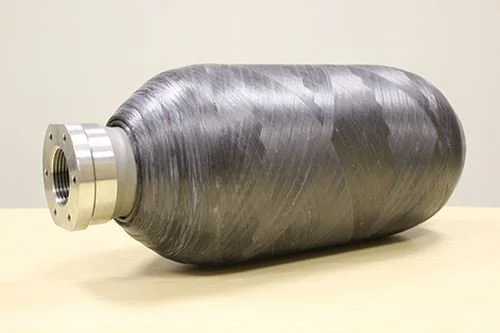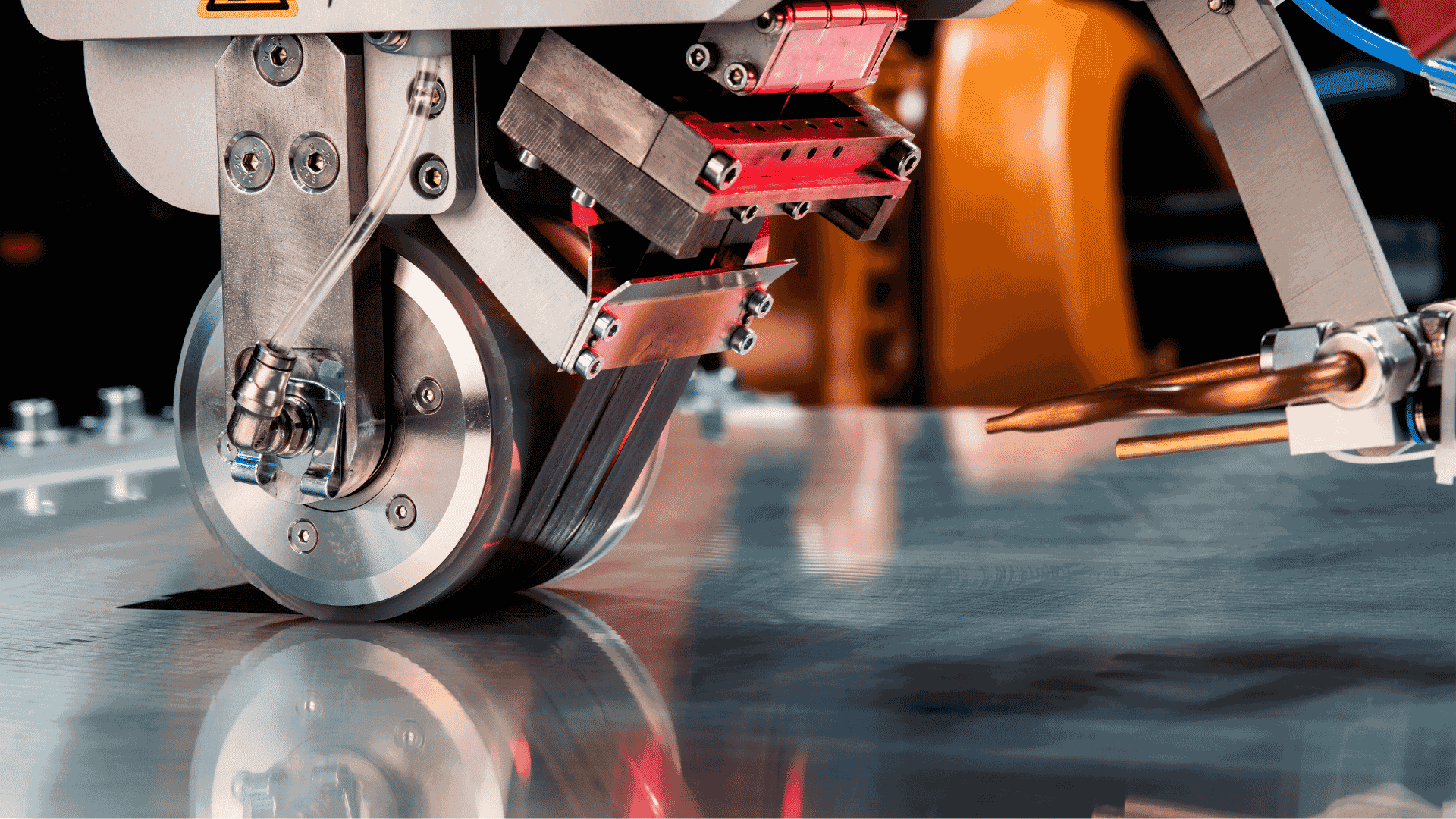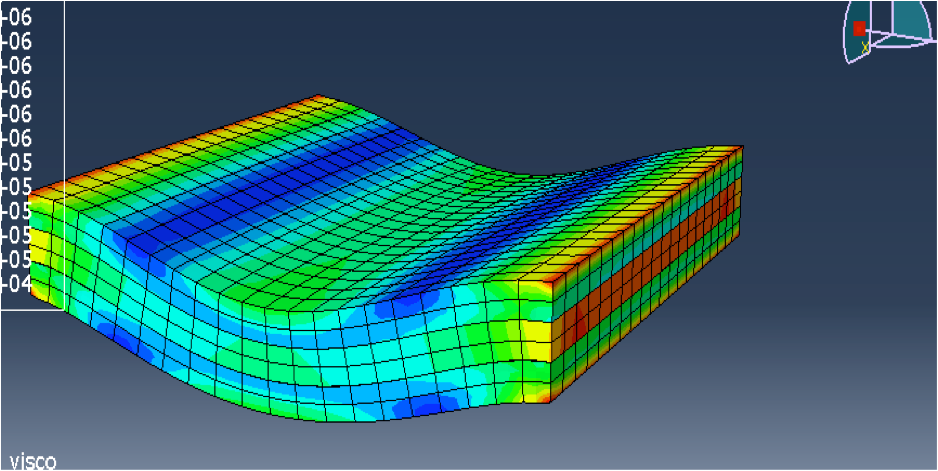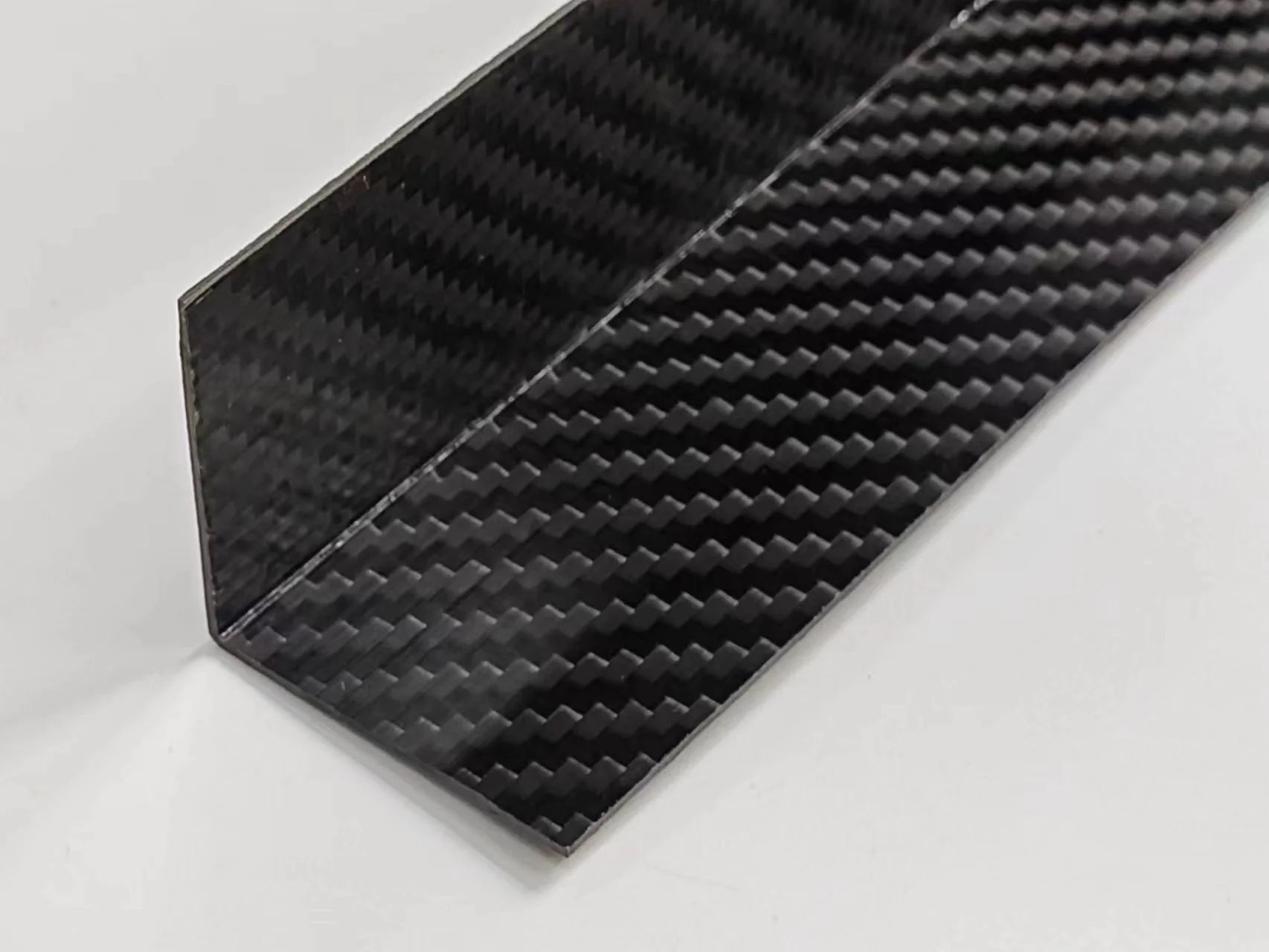





Understanding Fiber Tension in Filament Winding: Why It Matters and How to Control It
In filament winding, precise control over fiber tension is not just a good practice—it is essential for producing composite parts with predictable performance, structural integrity, and repeatability. Whether you're manufacturing pressure vessels, pipes, or custom composite components, inconsistent or uncontrolled fiber tension can compromise dimensional accuracy, induce residual stresses, and result in defects such as fiber waviness, bridging, or dry spots.

How Automation is Changing the Future of Filament Winding
Automation is revolutionizing filament winding by making the process faster, more precise, and cost-efficient. As robotic systems and AI-driven software continue to improve, the future of filament winding will bring higher-quality composite parts at lower costs, expanding its applications across multiple industries.

What Materials Are Used in Filament Winding?
The materials used in filament winding depend on the requirements of the final product. Carbon fiber and epoxy resin are common for high-performance applications, while glass fiber and polyester resin are used for cost-effective solutions. The right combination of materials ensures a strong, lightweight, and durable composite structure.

What Are the Main Applications of Filament Winding?
Filament winding is used across multiple industries due to its strength, lightweight properties, and resistance to environmental factors. From aerospace to renewable energy, this manufacturing method continues to evolve, offering new possibilities for composite materials in modern engineering.

How Strong Are Filament-Wound Parts?
Filament-wound parts are exceptionally strong due to their fiber-reinforced structure and customizable winding patterns. They offer high durability, lightweight properties, and resistance to environmental factors, making them a key technology in aerospace, automotive, industrial, and energy applications. As materials and processes improve, filament-wound composites will continue to push the limits of modern engineering.
